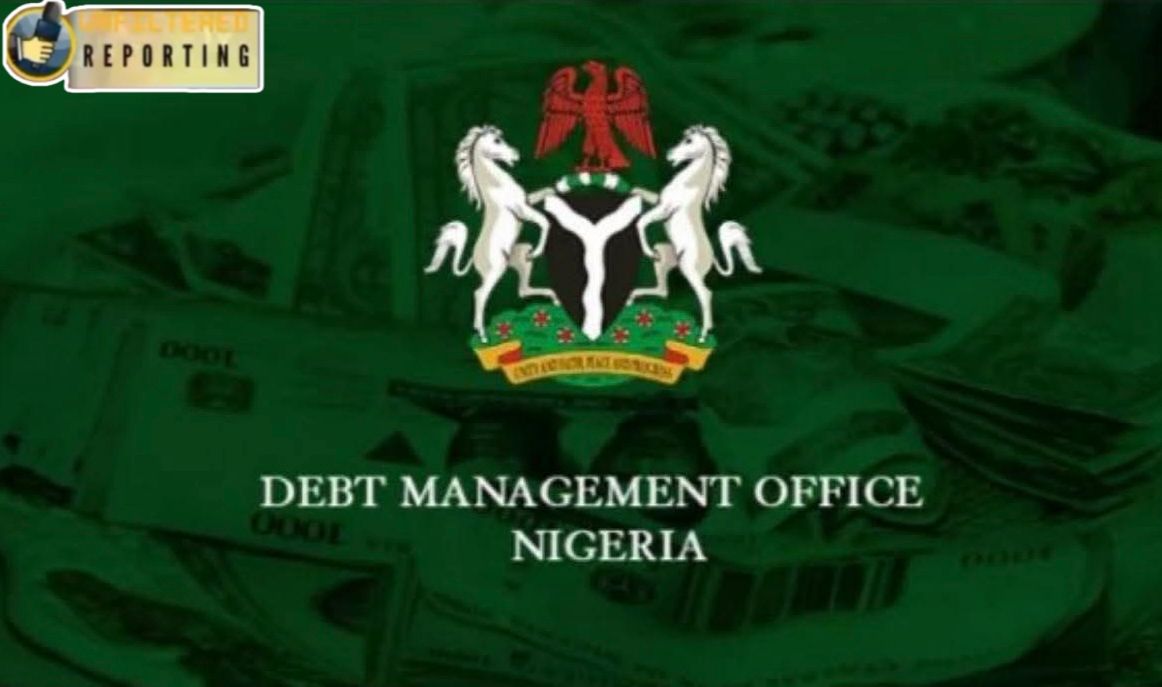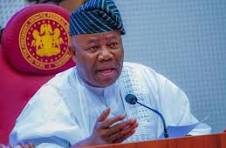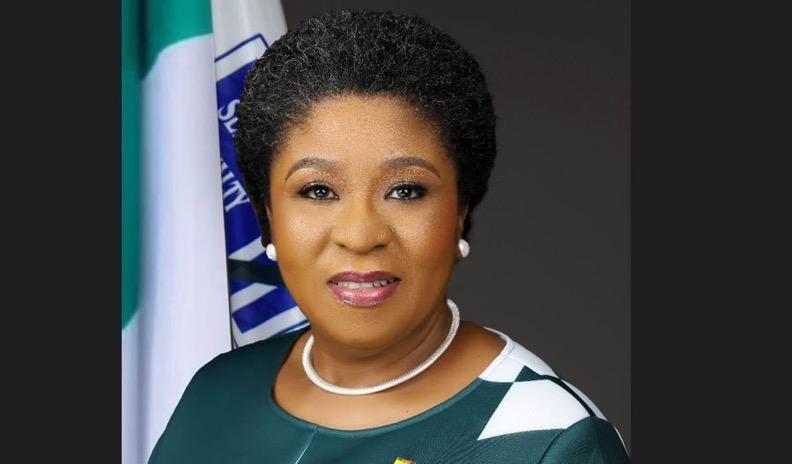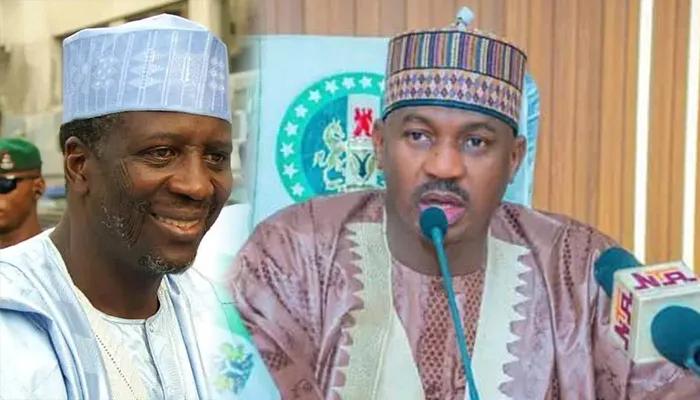States Slow Down Borrowing as Revenue Surges After Subsidy Removal

A steep decline in domestic borrowing by Nigerian states over the past 15 months underscores a broader fiscal shift driven by increased revenue inflows following the removal of petrol subsidies by President Bola Ahmed Tinubu.
According to the Debt Management Office (DMO), more than three-quarters of Nigeria’s 36 states and the Federal Capital Territory (FCT) reduced their domestic debt exposure within the period. Between June 2023 and December 2024, total domestic debt among the states and the FCT fell from ₦5.82 trillion to ₦3.97 trillion, representing a reduction of ₦1.85 trillion. This decline in borrowing coincides with significant increases in allocations from the Federation Account Allocation Committee (FAAC), buoyed by the financial savings realized from the end of the petrol subsidy regime. Data from fiscal authorities show that the federal government’s monthly savings surged by over 500 percent—from ₦154 billion to ₦836 billion—providing states with expanded financial space. As a result, FAAC allocations grew from ₦9.58 trillion in 2023 to ₦15.26 trillion in 2024, empowering many states to meet obligations without new loans. Despite the overall trend, some states have continued to accumulate debt. Ten states—Rivers, Enugu, Niger, Taraba, Bauchi, Benue, Gombe, Edo, Kwara, and Nasarawa—recorded increased borrowing during the same period. Their combined domestic debt rose from ₦884.9 billion in the first quarter of 2024 to ₦1.30 trillion by the first quarter of 2025, representing a 47 percent rise year-on-year. Edo State, although among the states that increased their borrowing year-on-year, reduced its debt significantly in the last quarter—dropping from ₦113 billion in Q4 2024 to ₦82.4 billion in Q1 2025. Similarly, states like Delta, Bayelsa, and Ebonyi recorded modest debt reductions, with Delta cutting ₦30.36 billion from its domestic obligations. Despite the overall debt decline across the federation, the share held by the top ten borrowing states increased to 33.7 percent of total subnational debt, up from 21.8 percent a year earlier. Fiscal analysts have warned that this concentration could threaten stability if left unaddressed, especially as some states now carry debt levels that exceed 190 percent of their internally generated revenue. Experts have called on states to use this fiscal opportunity to invest in long-term economic sustainability by strengthening internally generated revenue, improving financial transparency, and reducing dependence on federal allocations. They argue that the reduction in debt levels should not merely be seen as a temporary reprieve, but as a chance to build stronger, more autonomous state economies. The subsidy removal has provided a critical turning point in Nigeria’s fiscal landscape, enabling the federal government to redirect savings into infrastructure and debt repayment. With more resources flowing into state coffers, the pressure now lies on subnational governments to sustain discipline, prioritize capital projects, and minimize future borrowing









